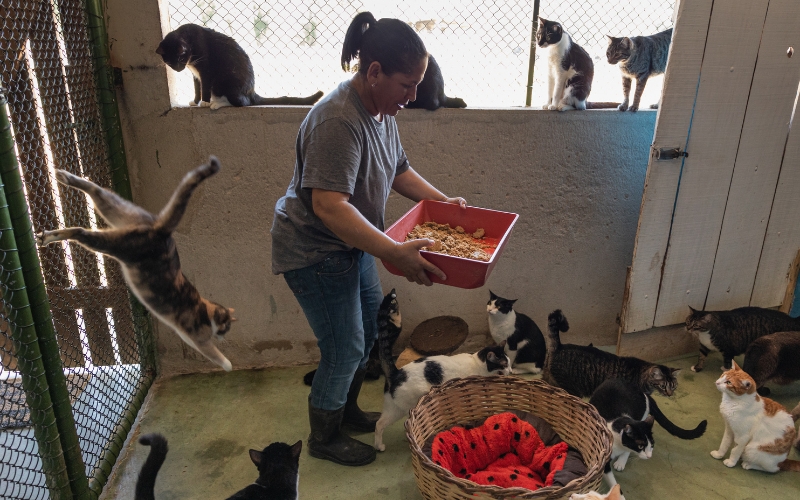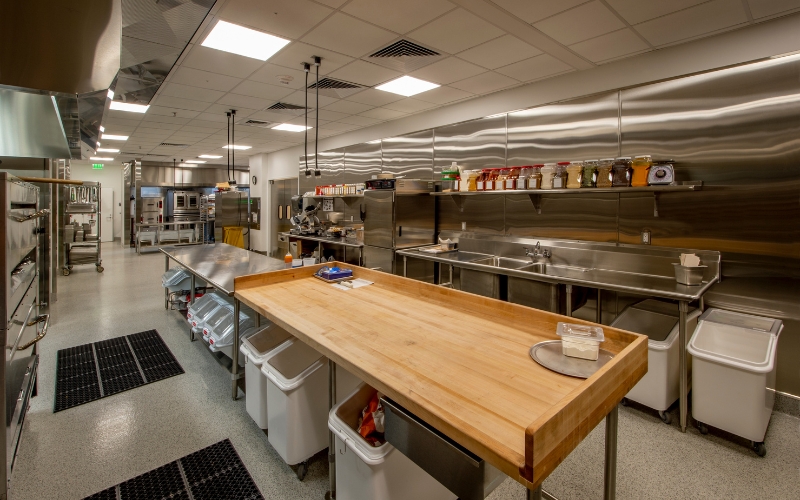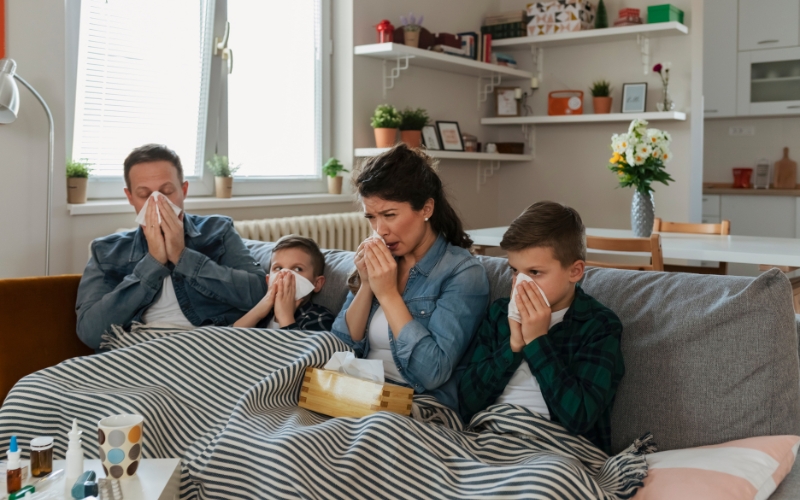Animal shelters play a critical role in community health by providing a safe space for countless animals. These facilities face significant risks related to zoonotic diseases, which can be passed from animals to humans. One crucial but often overlooked factor in controlling these diseases is indoor air quality (IAQ). Poor IAQ facilitates the spread of airborne pathogens, significantly increasing the risk to animals, shelter staff, and the general public.
Understanding Zoonotic Diseases
Zoonotic diseases, such as ringworm, kennel cough, influenza, and various respiratory infections, often thrive in enclosed environments like shelters. These pathogens can spread rapidly through air circulation, impacting both animal welfare and human health. Given their close contact with animals in confined spaces, shelter staff and visitors are at particular risk.
The Impact of Airborne Pathogens on Air Quality in Animal Shelters
Airborne pathogens can remain suspended in the air for extended periods, increasing the likelihood of inhalation or contamination. Poor ventilation exacerbates the issue, allowing contaminants like viruses, bacteria, mold spores, and allergens to accumulate. The result is an increased risk of illness, rising healthcare costs, longer animal stays, and reduced adoption rates due to disease concerns.
Improving Indoor Air Quality to Mitigate Risks
To effectively prevent the spread of zoonotic diseases, shelters must prioritize IAQ management. Here are a few actionable steps:
- Enhanced Ventilation: Regular airflow exchanges significantly dilute airborne contaminants, lowering disease transmission risks.
- Routine Cleaning Protocols: Frequent cleaning and disinfecting surfaces reduce pathogen load, complementing air purification measures.
- Air Purification Systems: Utilizing advanced air purification technologies such as Synexis’ patented Dry Hydrogen Peroxide (DHP®) can continuously reduce airborne pathogens (along with surface pathogens), enhancing overall facility hygiene and safety.
How DHP Benefits Animal Shelters
DHP proactively cleans both air and surfaces by dispersing a safe, effective, low-level peroxide vapor throughout occupied spaces. It’s proven to reduce or eliminate common airborne pathogens, including those responsible for many zoonotic diseases. Shelters employing this technology can expect a significant reduction in disease incidence while protecting their staff and animals and providing a healthier environment for visitors.
Improving indoor air quality is more than just beneficial; it’s essential for animal shelters that are working to prevent zoonotic disease spread. Shelters can significantly mitigate health risks, enhance animal welfare, and safeguard human health by integrating effective ventilation, robust cleaning protocols, and innovative solutions like Synexis’ DHP technology.
To speak with an IAQ expert from Synexis, fill out this form and we’ll be in touch as soon as possible.
And to learn more about Synexis, click here.








